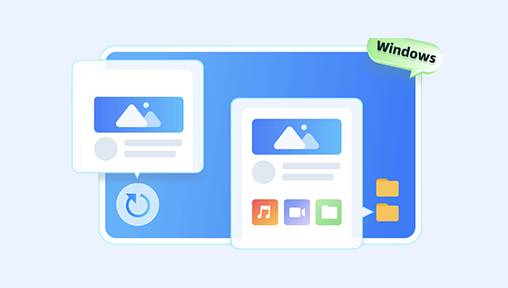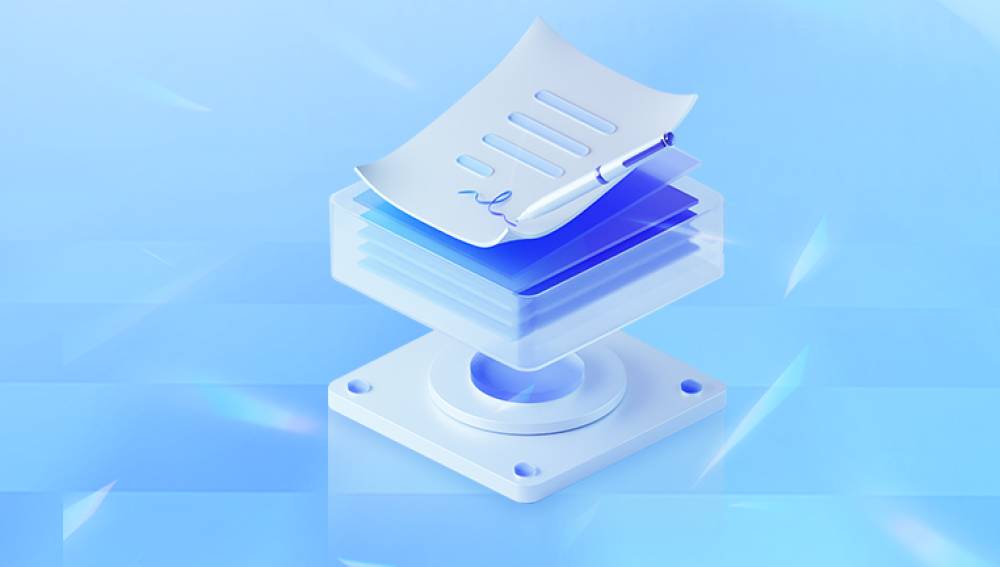If your Dropbox context menu is missing in Windows 11. there are several steps and potential solutions you can try to restore it.
Dropbox is a widely-used cloud storage service that integrates with Windows Explorer to provide quick access to various features through the context menu. This integration allows users to right-click on files and folders to perform actions like sharing, viewing version history, or managing sync settings. However, sometimes the Dropbox context menu might go missing in Windows 11. causing inconvenience. Below are detailed steps to troubleshoot and resolve this problem.
Common Causes
Outdated Dropbox Version: An older version of Dropbox might not be fully compatible with the latest Windows updates.
Windows Explorer Issues: Problems with Windows Explorer can sometimes prevent the context menu from displaying correctly.

Shell Extensions Conflicts: Other software might conflict with Dropbox’s shell extensions.
Registry Issues: Incorrect registry entries can disrupt the integration of Dropbox with Windows Explorer.
Installation Issues: Corrupted or incomplete installation of Dropbox might lead to missing features.
Troubleshooting Steps
1. Update Dropbox
Ensure you are using the latest version of Dropbox. Updates often include fixes for compatibility issues.
Open Dropbox.
Go to your account menu (profile picture or initials in the top-right corner).
Select "Preferences."
In the “General” tab, click on “Check for updates.”
If an update is available, follow the prompts to install it.
2. Restart Windows Explorer
Sometimes, simply restarting Windows Explorer can resolve context menu issues.
Press Ctrl + Shift + Esc to open Task Manager.
Locate “Windows Explorer” in the list.
Right-click on “Windows Explorer” and select “Restart.”
3. Reinstall Dropbox
Reinstalling Dropbox can fix issues related to corrupted installation files.
Press Win + I to open Settings.
Go to “Apps” > “Apps & features.”
Find Dropbox in the list, click on it, and select “Uninstall.”
After uninstallation, download the latest version of Dropbox from the official website and install it.
4. Check Shell Extensions
Use a utility like ShellExView to check for conflicts with Dropbox’s shell extensions.
Download and run ShellExView.
Sort the list by “Type” and look for context menu handlers.
Disable non-Microsoft context menu handlers one by one, and check if the Dropbox context menu reappears.
5. Modify Registry Settings
Incorrect registry settings can affect the Dropbox context menu. Be cautious while editing the registry.
Press Win + R, type regedit, and press Enter to open the Registry Editor.
Navigate to HKEY_CLASSES_ROOT\Directory\Background\shellex\ContextMenuHandlers.
Ensure there’s an entry for Dropbox ({FB314ED9-A251-47B7-93E1-CDD82E34C71B}) under this key.
If missing, you can add it manually by right-clicking on ContextMenuHandlers, selecting New > Key, naming it DropboxExt, and setting the value to {FB314ED9-A251-47B7-93E1-CDD82E34C71B}.
6. Enable Dropbox Overlay Icons
Dropbox uses overlay icons to indicate the sync status of files and folders. Sometimes, these icons might be disabled, affecting the context menu.
Open Dropbox preferences.
Go to the “Sync” tab.
Ensure the option “Enable overlay icons” is checked.
7. Adjust Windows Settings
Certain Windows settings might interfere with Dropbox’s context menu.
Press Win + I to open Settings.
Go to “System” > “Multitasking.”
Ensure “Snap windows” is turned on.
Go to “Accessibility” > “Text cursor.”
Ensure “Text cursor indicator” is turned off.
8. Check Dropbox Settings
Ensure that Dropbox context menu options are enabled.
Open Dropbox preferences.
Go to the “Account” tab.
Click on “Advanced settings.”
Ensure the “Show Dropbox context menu options” is checked.
9. Perform a Clean Boot
A clean boot can help identify if background applications are interfering with Dropbox.
Press Win + R, type msconfig, and press Enter.
Go to the “Services” tab, check “Hide all Microsoft services,” and then click “Disable all.”
Go to the “Startup” tab and click “Open Task Manager.”
Disable all startup items.
Restart your computer and check if the context menu appears.
10. Contact Dropbox Support
If none of the above solutions work, contacting Dropbox support might be necessary.
Visit the Dropbox support page.
Browse through the help articles or use the contact form to reach out to support for assistance.
Restoring the Dropbox context menu in Windows 11 may require trying several solutions, from simple updates to more technical registry modifications. By following these comprehensive steps, you should be able to resolve the issue and regain full functionality of Dropbox within Windows Explorer. If problems persist, seeking professional support from Dropbox can provide further assistance.




